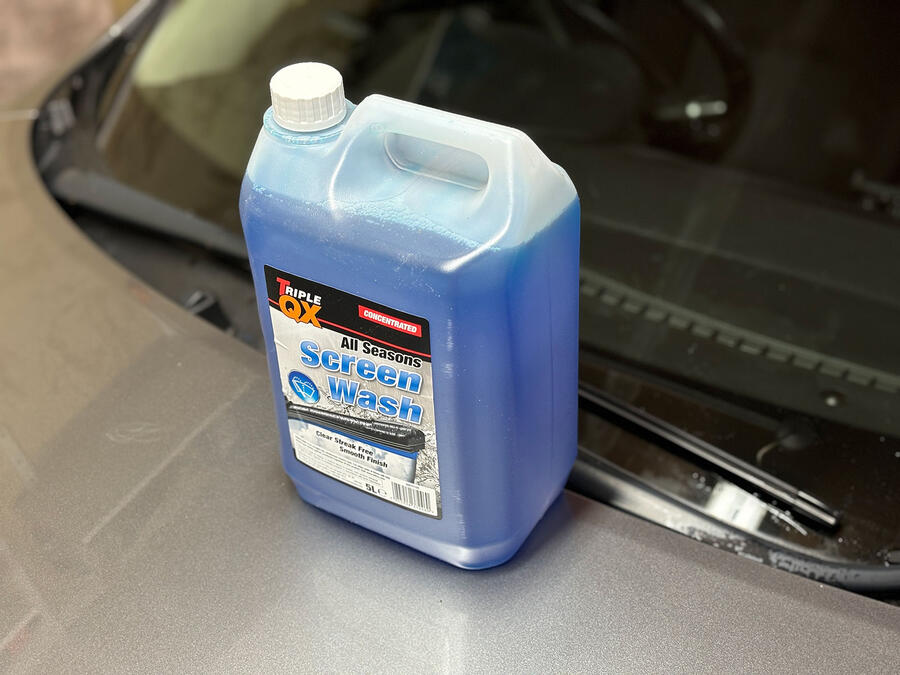- Rolls-Royce concludes 2.5-million-kilometre testing programme of all-electric Spectre
- Motor car has been exposed to temperature extremes of -40°C to +50°C
- More than 50,000 total driven hours expended testing the motor car
- Test programme concludes with Lifestyle Analysis testing in marque’s home market
- Programme created to respond directly to Rolls-Royce client lifestyles
“Spectre is the Rolls-Royce that changes everything. It symbolises not only the marque’s technological leadership of the super-luxury sector, but that a bold electric future, first prophesised in 1900 by our founder, Charles Rolls, is now upon us. To attain its final, perfect form, Spectre has passed through our engineers’ ‘finishing school’ – and in so doing, completed the most demanding testing regime in our brand’s history, spanning 2.5 million kilometres and every conceivable extreme of temperature, weather, road type and surface condition. Equally importantly, it has also undergone our extensive Lifestyle Analysis testing. Applying our detailed knowledge of our clients’ tastes, habits and requirements, this unique evaluation process ensures Spectre delivers an authentic, personal and effortless super-luxury experience, as well as true engineering substance, specific to the most demanding consumer group in the world – the Rolls-Royce client.”
Torsten Müller-Ötvös, Chief Executive Officer, Rolls-Royce Motor Cars
“It is a highlight of my professional life to have developed Rolls-Royce Spectre, the car which propels Rolls-Royce into its bold, electric future. Such a remarkable car requires a remarkable testing programme and I am enormously proud that Spectre has now completed what has been the most arduous schedule ever conceived for a Rolls-Royce motor car. Indeed, it is where automotive manufacturers finish testing that so much of our work begins in fulfilling the requirements of the super-luxury consumer. This has been an extraordinary undertaking from a team of dedicated and highly skilled engineers that span both traditional technical disciplines and exciting emerging technologies. Rolls-Royce Spectre brings the future of this great marque into the present.”
Dr. Mihiar Ayoubi, Director of Engineering, Rolls-Royce Motor Cars
Rolls-Royce Motor Cars’ genre-defining all-electric super coupé, Spectre, has now concluded an historic and unique undertaking: a 2.5-million-kilometre testing programme simulating more than 400 years of use. In the most demanding development process in the marque’s 119-year history, Spectre has endured temperatures ranging from -40°C to +50°C, and in conditions spanning from Arctic snow and ice to deserts, high mountain passes and the world’s megacities.
En route, every one of Spectre’s 141,200 digital sender-receiver relations and 25,000 performance-related functions has been minutely observed, analysed and tuned by Rolls-Royce engineers, a process representing over 50,000 collective driven hours of highly skilled work. This has resulted in thousands of iterative improvements in everything from Spectre’s acoustic performance, composure under cornering and steering precision to its charge time, electric range and torque delivery; each small in itself, but with an immense overall cumulative effect on the client experience.
LIFESTYLE ANALYSIS
As a Rolls-Royce, Spectre must be more than just an engineering tour de force – it must also offer clients an authentic super-luxury experience. It has therefore also been subjected to the marque’s unique Lifestyle Analysis process, which has informed the development of every new product emanating from the marque’s home in its Goodwood era. This additional testing programme goes far beyond standard automotive assessments to encompass how clients will use the motor car in their daily lives.
Lifestyle Analysis is based on the marque’s detailed knowledge and understanding of the super-luxury consumer, and continuous intelligence-gathering across the luxury sector. It enables engineers to anticipate the very particular demands likely to be placed on a new Rolls-Royce and ensure that final engineered and fashioned experience incorporates appropriate features and responses.
Using this knowledge, engineers have considered a range of variables of particular relevance to Rolls-Royce clients. For example, they have examined how Spectre’s drivetrain performs on specific roads in and around the world’s most exclusive enclaves, including: Sanya on Hainan Island, China; Dubai in the United Arab Emirates; Napa Valley in California; and London, in the marque’s home market.
This testing is not limited to performance under highway speeds. Specific city centre destinations are also used to ensure that features such as four-wheel steering offer the requisite manoeuvrability benefits to access areas roads and property approaches with limited space. Indeed, testing in and around the boroughs of Mayfair and Kensington and Chelsea, London, ensured the appropriate rear axle steering to approach key residential streets and luxury retail locations.
Similarly, given the environments Spectre will be placed in worldwide, a large number of static testing procedures are undertaken that address key client concerns. These include if it is possible to hold a normal telephone conversation inside the motor car while it is parked alongside a waiting helicopter, the strength of the motor car’s in-car internet connection between specific skyscrapers, and ease of access when placing specific objects inside the motor car – the long garment bags used to protect formal evening suiting and gowns.
As with the technical road testing, the Lifestyle Analysis phase of testing is in place to highlight necessary adjustments to the motor car’s specification or performance. For example, after testing the power-assisted doors on an exceptionally steep hill – replicating the steep driveways common to the hills of Los Angeles, California – engineers added gyroscopic and G-force sensors to ensure that doors open and close at the same effortless speed, regardless of longitudinal or transverse parking angles.
Additionally, one corner was used so frequently to test the steering precision of Spectre, which the marque’s engineers believe is the most exact in Rolls-Royce history, they have named a switchback within the environs of Rolls-Royce’s home in Goodwood, West Sussex, ‘Spectre Corner.’
Fittingly, it was during Lifestyle Analysis testing in London, the capital of Rolls-Royce’s home market, that Spectre completed its 2.5-million-kilometre odyssey in preparation for client deliveries, which will commence in the fourth quarter of this year.




